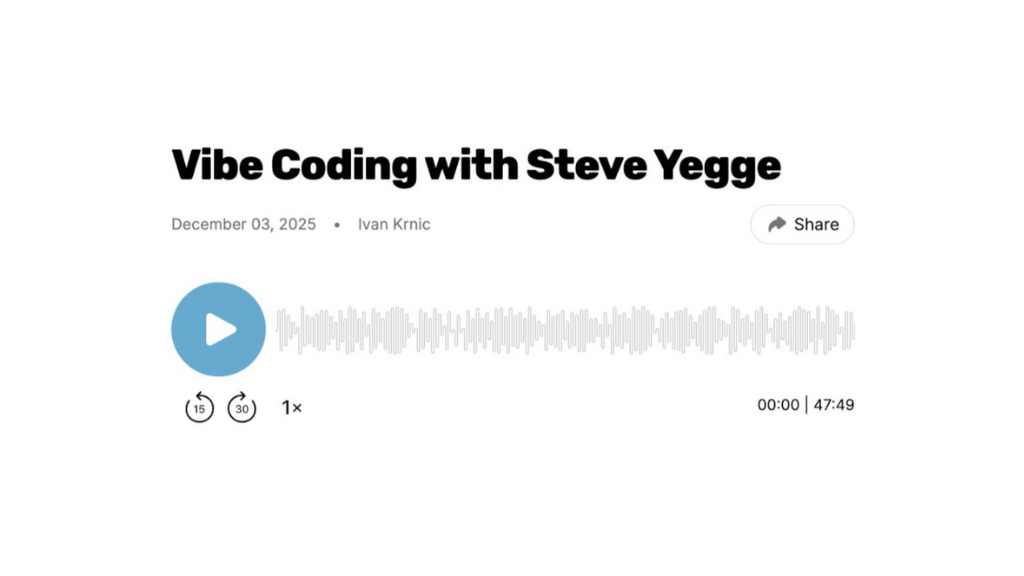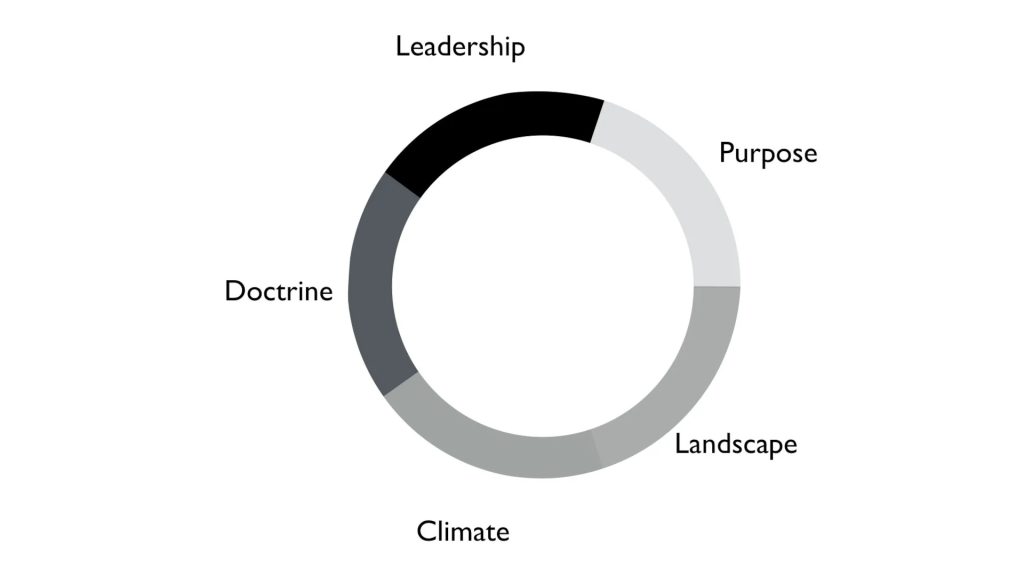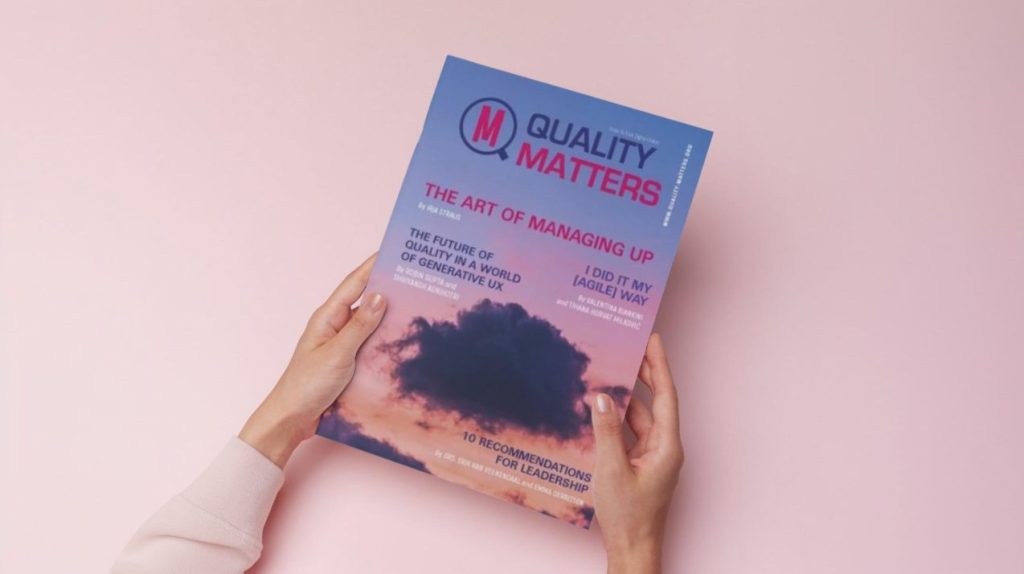This is a story about how everything is relative. A story about how it lasted 4 and a half hours, a story about how the grass really is greener on the other side of the river, and a story about a different New York. About the New York that gives you space for thinking, which opens new views, the New York in which the people are not lonely and only a part of a crowd, like we tend to picture them, but are selflessly giving themselves to others even for a day, or even for a few hours.
The story is actually pretty simple. It includes the one and the only New York City Marathon 2016, a visit to a factory and a garage. Like many other recreational runners, the idea of a marathon came into my life incidentally. As some would say, it was an ambushed suicide. You start to run because you spend way too much time sitting, or you have a back problem, or something similar. So if you can run around the lake once, why not do it ten times? If you can run for 10 km, why not try the half marathon? And if you’ve already run the half marathon, why not try to run the whole marathon? Or even better, why not play the lottery for a place in the Berlin, or in this case, the New York Marathon? And you win it! And, when you already are in New York, why not work a little, visit business partners, do some tours? And just like that, one step at a time, and a great week happens!
The bridge at the end of the river
You are not a frequent flyer if you don’t have your own strategy for fighting Jet Lag, or if you haven’t convinced yourself into thinking you do. Mine is of course, running. On the very first morning, my running shoes are on and the run can begin. After a very long flight and changing of time zones, it is clear that your body needs an awakening, but there is also a deeper reason. It is incredible how sleepy you get in the morning when you’ve planned on going for a run! In any other case you would’ve woke up at 5:00 in the morning because of the time zone difference, but if you’ve planned a morning run you suddenly have a sleepy seizure.
My first ever run across Manhattan on a wonderful Sunday morning. A few locals walking their dogs and a few Asian tourists sightseeing. And us, runners, each of us doing our own thing. Seaport, seagulls, tall masts, Staten Island ferries… Near the dock, a view across the Hudson River, stretching almost to the ocean, and in the distance you can see a small, the longest wire bridge in the USA – the Verrazano. The bridge on which the marathon starts, and how it seems to be so far away, almost like it is on another continent, in another galaxy. It seems utterly unreal, the fact that is only the half of the marathon that needs to be run the next week, and that I am capable of running it. Terrifying. It is better not to think, but to just keep running further.
To the north, to the north, to the north
I also mentioned that this is a story about a factory and a garage. The Hudson River is a strange river, downstream there is that distant bridge, just waiting to be run over by 51 000 runners, and upstream, 2 hour train drive away, is a factory in which they made machine guns in the World War 2, after which they made typing machines, followed by a line of art technology solutions. The factory was, through history, visited by Eisenhower and Eleanor Roosevelt, and this year by us, the CROZ team. It is of course, the legendary IBM Poughkeepsie Research and Development Centre. From the cult punched cards to the new z13 machine and the future zNext. The IBM mainframe “supercomputer” dies in the same way as Chuck Norris. Everybody is saying how this concept is over, but when you walk into a 3000 m2 big testing floor, you somehow have a feeling that the funeral is not as close as you thought it was. One of the architects, whose hands were filled with sketches, with a pencil behind his ear and followed by a young cheerful trainee who just finished college and is thrilled to be learning how to do local design, took us around the floor. In the mass of the z-series servers, i.e. mainframes, there is a lot of both old and the young. We are, by accident, participating in the first few breaths of a machine’s new version. When you’ve been working with engineers for about 20 years, in a way you hope you know them. You could say it is going great because they are not impressed, nor annoyed by our presence there. They are communicating, relaxed but also focused, and exchanging important information. And it seems as if we are in a delivery room, instead of the life supporting machines we expected. It is questionable if IBM can do both business and marketing with the same quality, but their technical team is doing their share of work the same way they did the whole last century, with a clear perspective, focused on the speed, availability, quality and safety.
The train, the train station, the coffee on that station, the conductor, are all by our standards outdated. None of that can measure with the Japanese trains or London train stations. But is that the indicator that New York City is decaying? Maybe we’ve gotten so into the adverts, the dazzle and the consumerism, so maybe even us, from the world of business informatics evaluate the product based on its package and advert, and we forget that we are going to be left, for years, with what is inside the box and how it works.
A garage with no labels
The Hudson has another attribute. A completely different style of IBM, this time in marketing trends. In the hipster SOHO, on Hudson Street, there is a garage, literally hidden – the Bluemix Garage. We would’ve hardly ever found the place if our hostess didn’t wave to us through a glass door. One of the sales leaders, Diane Johnson, who is in charge of the DevOps concept, was also visiting the garage the first time, and she did not hide her surprise for not seeing one IBM logo or concept name. Here, a package is fully packed, and even the bow is never forgotten. A young, totally “agilized”, committed to design thinking manager, guides us through the concept. She tells us a few interesting user storied and convinces us that this is a concept, which can equally help the biggest bank in the city, as well as a small start up in Australia. She is delighted because we can understand each other so well, especially when it comes to the Scrum practices. While we are having lunch with the team that hosted us in New York, we can’t fight the impression that the effort IBM is putting into its future is huge, and that it relies on trends we too see as strategic: micro services, DevOps, agilization, security. And for all the CROZ’s conference enthusiasts, it has been discussed what to, from the contents we’ve seen, bring to the QED.
M day
The week has passed, filled with impressions and events, and the day of the marathon was finally here! The night before was filled with technical planning and arrangements. Where will my favorite support try to intercept me, what to wear, reading through texts on Runners world, for us running the next day.
Another check on a great mobile application made by Tata Consultancy, to find out what am I being predicted. Prediction is a true data science, and it makes me extremely happy, because it uses the information of runners from the past 2 years. The prediction is, they say, very precise and when the wind, which is going to be blowing directly into my chest, is calculated, the prediction is that I am going to run 4:29-4:34. The thoughts “I wish” and “well, maybe I could do a bit better” are in my head at the same time. I am trying not to think about the tempo, and just to focus on making this a pleasant and beautiful experience.
To prevent being nervous, the night before the marathon we decide to go see the excellent Trevor Noah’s stand-up comedy show. The evening passes in no time, and it is the morning already, and I am joining the crowd filled with smiling runners, going to that exact spot, from which I was watching the bridge a week ago. Only this time I don’t look in that direction, too many wonderful people are around me. Argentine’s singing their national anthem, and old lady dressed into white cotton from head to toe, young smiling teenage girls, couples hugging.
Ferry, the bus, a bunch of extremely nice and approachable police officers with their four-legged pets are surrounding me. In my mind, I wonder off to Boston for a brief moment. It is impossible to forget that tragedy. And suddenly, everything becomes clear. This is not a race, not even a marathon, but a festival of humanity. A celebration of strength and courage of every participant. From the elite runners, to the disabled ones. The young, the old, the weak, the overweight… all convinced to run into Central Park 42 km later. Encouraged by the positive energy of the group, the wind and the joy of living, that view of Manhattan in the same distance it was one week before, now seems like an easy job. It is not and it can’t be the same distance.
It is all in the point of view
The track goes through the five boroughs: Staten Island, Brooklyn, Bronx, Queens and Manhattan. The track is everything but dull. Throughout the whole track the supporters are fantastic, except for the Boro Park, where the orthodox Jewish community lives, and the Bronx. But they are also so amazing, that even without the cheering people holding signs, you still have something to see. The bands and the entertainers were the best in Brooklyn and in Queens, but those typically New York hip hop groups made me the happiest. But other than the people who are the main generators of emotion (over a million of supporters), the bridges, the turnings, the ups and downs – don’t allow you to catch a tempo and to relax your head. Even in places such as the 1st or the 5th Avenue, where you’d think the track is straight, it is not flat at all. The 1st half marathon just flew by. Brooklyn showed a sunny, smiling and relaxed face, and so my legs went, as if someone placed me on a treadmill. If it were any easier, you would think you’re not even running. But at the Manhattan bridge, long, dark and cold, I lost my zip and the 25 km after went much harder. This is where I made my “historical” decision, to choose the pleasure over the result, and I decided not to check the clock no more, but to enjoy the atmosphere and the impressions even if that meant being the slowest one (if you take into consideration that I’ve only run one marathon before, in the worst case this could be the second best result ever).
I was surprised with the refreshments every mile, well equipped with energy drinks and water, but without any fruit or sweets. It was almost impossible to run through them in my wave, and once I figured out that I was out of gels and that I was going to have to survive on Gatorades, I caught a glass on each one.
The closer the finish got, the further it seemed to be in my head. The number of turnings in Central Park has to be close to infinity, or is the damn time so relative again? Anyways, the impression of the finish itself just vanished. It just appeared after one of the turnings, and I barely even checked my time until I realized that the damn data science is as punctual as a Swiss clock! 4:33, just like the Indians said. And I am always saying they are not really that good in informatics.
After the finish, things went into the zone from impressing to very impressing. It is as if we are on a casting for a zombie movie, everybody trying to walk slowly and pretending they are not as sick, all in hopes that the horde of doctors standing on both sides from our unfortunate group, won’t separate you and give you infusion. And the number of people collapsing around me really is impressive. The most incredible thing is how rarely somebody would’ve collapsed during the run, but it was only after the finish that the giddiness started to become so tempting. But, there is always the same bait – the family reunion zone. The zombie magnet. After a mile or two (OK, I might be slightly exaggerating here), and finally there it is, the letter M.
M as mine, M as marathon… and this is where it all becomes real. I wasn’t watching an emotional movie, I wasn’t dreaming. Everything was real. Every step, the Walk the Line that played in Queens, the encounter with my people in Brooklyn, the “I can’t do this” in Bronx, the “why did they tell me it was all downhill in Manhattan” when it was obviously not. For real.
They say every marathon is a place to find yourself, they say that the marathon shows you everything is possible. They say the same for New York. If you want a double dose of “everything is possible” there is no better place in the world for it. This journey showed me that time and distance really are relative. Those 4 and a half hours seemed as if they lasted an eternity, but in the same time, they were over in just a blink of an eye. But the fact that just a few days earlier that distance seemed so frightening, and when I started it, it felt like a roller coaster ride. Sometimes, you really just need to “run” and not “think” too much.



